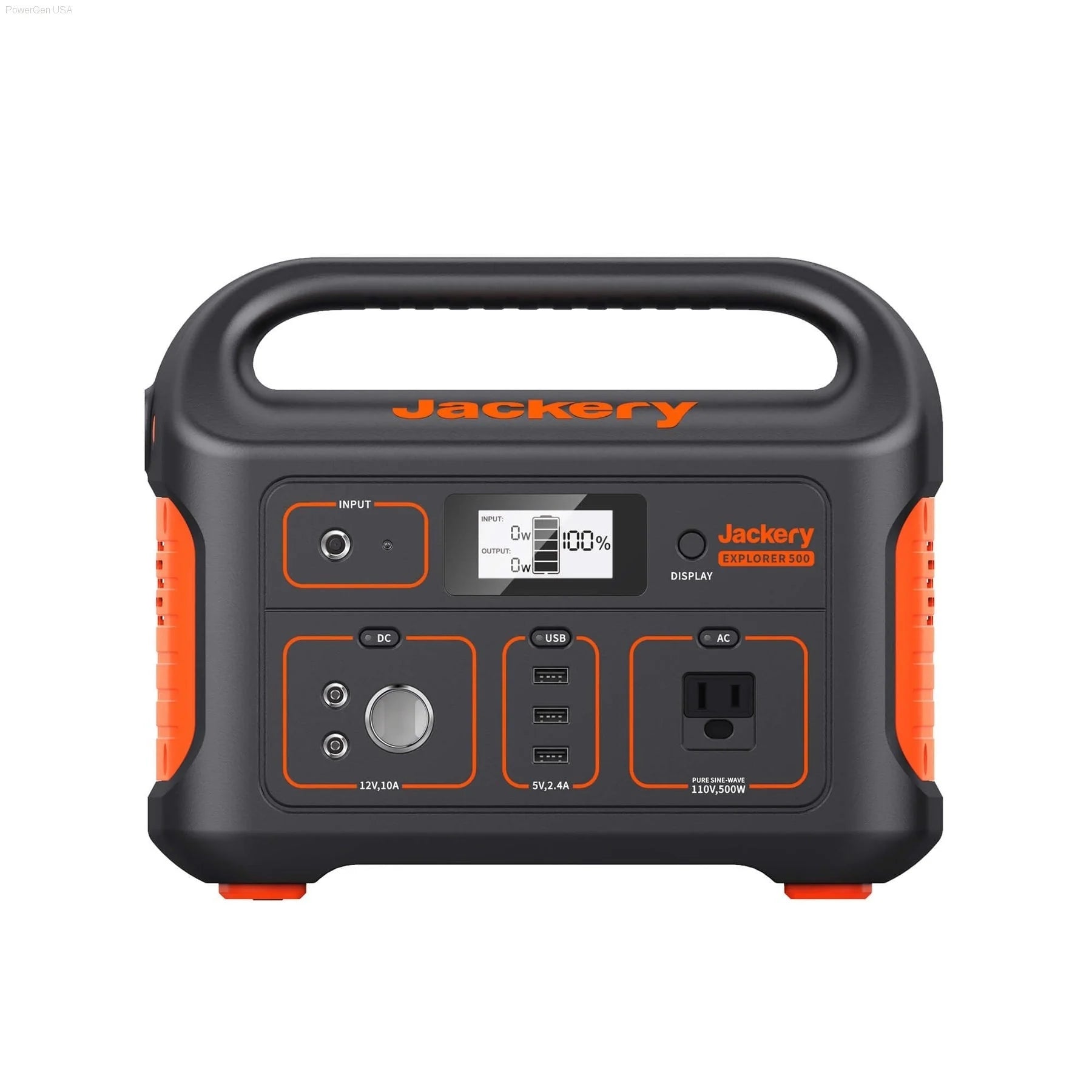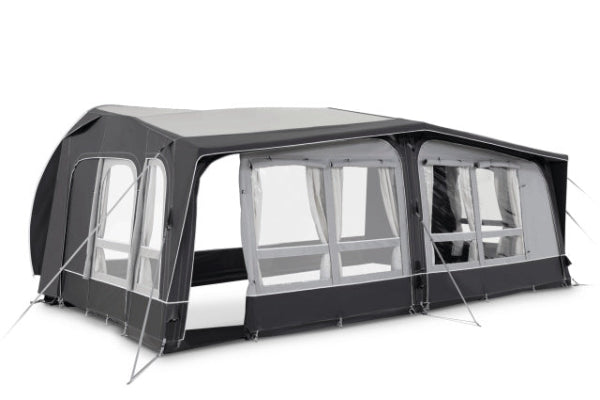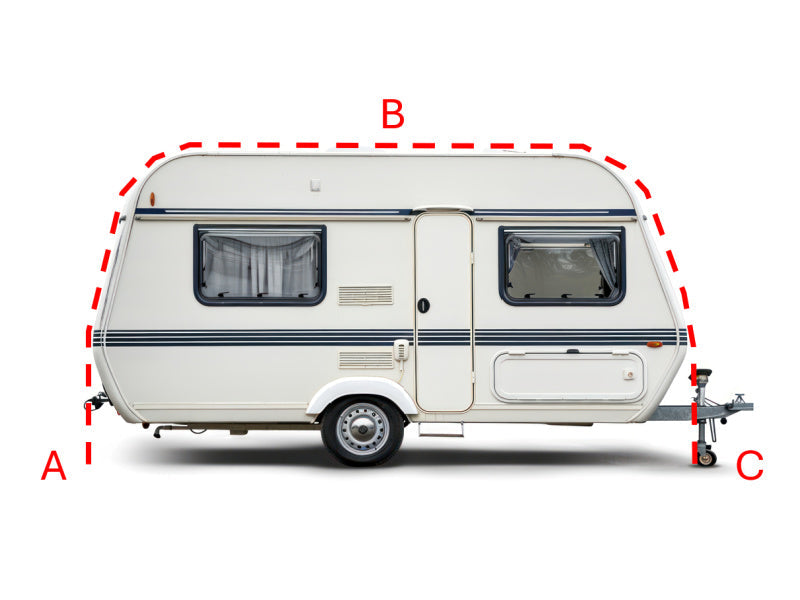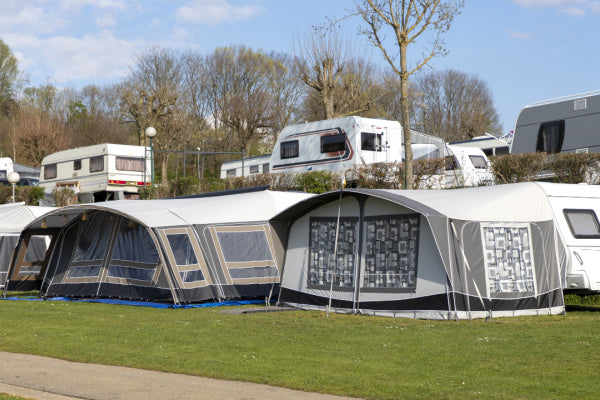EcoFlow vs Jackery vs Bluetti: Which Power Station is Best?
Camping, blackouts, or zombie apocalypse — whatever your vibe, portable power stations are your new best friend. So who wins: EcoFlow, Jackery, or Bluetti? Short answer: EcoFlow for speed, Jackery for simplicity, Bluetti for stamina. Keep reading to find out which one actually fits your lifestyle.
Introduction to the Portable Power Trinity
The Landscape of Portable Power Stations
Choosing the right portable power station can be tricky. Before we compare EcoFlow, Jackery, and Bluetti, let's understand what makes a good one — especially for UK users.
Why Are Portable Power Stations Indispensable for Modern Lifestyles?
Portable power stations are essential for:
-
Camping and staying powered in remote areas
-
Emergency backups during blackouts
-
RV or van life, where grid access is limited
-
Work-from-anywhere lifestyles or off-grid projects

Meet the Industry Giants: EcoFlow, Jackery, and Bluetti
A Brief History and Market Standing of Each Brand
-
EcoFlow: Known for innovation, smart features, and sleek design. Gained massive popularity through the DELTA and RIVER series.
-
Jackery: Long-time fan favourite among campers and outdoorsy types for its reliable Explorer series.
-
Bluetti: A rising leader in solar-focused, high-capacity solutions with a strong off-grid following.
What Makes Them the Top Contenders in the Solar Generator Space?
All three offer:
-
Solid battery tech
-
Flexible charging options
-
Reliable performance across different use cases
They stand out with smart design, brand ecosystems, and growing user bases.
Head-to-Head: Feature by Feature Comparison
Battery Technology and Longevity
LiFePO₄ vs. NMC Battery: Who Uses What?
-
EcoFlow & Jackery: Mostly use Lithium-ion (NMC) — lightweight, fast-charging.
-
Bluetti: Uses LiFePO₄ — longer lifespan and better safety.
(All three brands are gradually adopting LiFePO₄ in newer models.)
Cycle Life and Expected Lifespan Comparison
-
Jackery/EcoFlow: Around 800 charge cycles
-
Bluetti: Up to 2,500+ cycles, thanks to LiFePO₄
Power Output and Usable Capacity (Wh & W)
Rated Watt-hours and Continuous Watt Output
Each brand offers models ranging from 200Wh to 3,000+Wh.
EcoFlow and Bluetti cover wider capacity ranges.
All provide AC, DC, and USB outputs for versatility.
Surge Capability and Output Quality
-
Bluetti leads with higher surge capacities.
-
All three use Pure Sine Wave inverters, ensuring safe use for sensitive electronics.
Range of Models
From ultra-portables to whole-home backups, all brands offer entry-level to high-end solutions.

Charging Speed and Versatility
AC Wall Charging
-
EcoFlow: Fastest (thanks to X-Stream, ~1.2 hrs to 80%)
-
Bluetti: Also quick (~1.5 hrs)
-
Jackery: Slower (~2.3 hrs)
Solar Charging Efficiency
-
EcoFlow: Up to 1200W solar input
-
Bluetti: Wide range (100W–1200W), efficient MPPT controllers
-
Jackery: Maxes around 200W–400W, reliable but slower
Car Charging and Other Options
All three support car charging and offer multi-input flexibility.
Design, Build Quality, and Portability
Weight and Dimensions
-
EcoFlow: Lightweight and compact
-
Jackery: Slightly heavier, rugged
-
Bluetti: Compact, some heavier units depending on capacity
Ergonomics and Form Factor
Handles, layout, and stackability vary.
Jackery and EcoFlow offer better grab-and-go designs.
Bluetti tends to be boxier but efficient in layout.
Material Quality and Ruggedness
-
Jackery and EcoFlow have more outdoor-ready builds
-
Bluetti is solid but slightly behind in rugged durability
Smart Features and User Interface
App Control
-
EcoFlow: Most advanced app for power monitoring/control
-
Bluetti: Growing app ecosystem
-
Jackery: Limited smart features
Display Screens
All offer LCDs:
-
EcoFlow: Detailed and modern
-
Jackery: Simple but readable
-
Bluetti: Informative with real-time input/output
Smart Integrations
-
EcoFlow shines with remote monitoring and firmware updates
-
Bluetti catching up with IoT features
Expandability and Ecosystem Integration
Expandable Batteries
-
EcoFlow and Bluetti support battery add-ons
-
Jackery: Fewer expandable models
Home Integration Kits
-
EcoFlow and Bluetti both offer Smart Panels
-
Jackery focuses on portable use, not home setups
Compatibility with Panels & Accessories
-
All support proprietary and 3rd-party solar panels (check connectors)
-
Bluetti and EcoFlow lead in flexibility
Performance in Real-World Scenarios
Best for Camping and Outdoor Adventures
-
Jackery: Compact and ideal for camp life
-
EcoFlow: Light and quick to charge
-
Bluetti: More powerful but heavier
Best for RV and Van Life
-
Bluetti: Great for solar charging + LiFePO₄
-
EcoFlow: Fast top-ups while driving
-
Jackery: Simple and space-saving
Best for Home Backup and Emergencies
-
EcoFlow: Fastest recharge = fast readiness
-
Bluetti: Highest capacity + LiFePO₄ safety
-
Jackery: Suitable for short outages
Best for Professional or Off-Grid Work
-
Bluetti: Handles heavy tools and high power draw
-
EcoFlow: Good for flexible energy access
-
Jackery: Lacks the surge for heavier tasks

Brand-Specific Strengths and Weaknesses
EcoFlow: Pros and Cons
✅ Pros:
-
Fastest charging
-
Smart app features
-
Flexible product line
❌ Cons:
-
Price point in some models
Jackery: Pros and Cons
✅ Pros:
-
User-friendly
-
Lightweight and portable
-
Well-established brand
❌ Cons:
-
Slower charging, less smart tech
-
Lower surge capacity
Bluetti: Pros and Cons
✅ Pros:
-
High capacity, long-life LiFePO₄ batteries
-
Strong solar support
-
Home integration kits
❌ Cons:
-
Heavier builds
-
App/features still evolving
Pricing, Warranty, and Customer Support
Value for Money Analysis
-
Jackery: Best for affordability
-
EcoFlow: Premium price, but fast charging = value
-
Bluetti: Great cost per Wh, especially for heavy users
Warranty and Support Comparison
-
EcoFlow: 5-year warranty on many models + solid customer service
-
Jackery: 2–3 years depending on model
-
Bluetti: Often 2–4 years, but mixed reviews on support speed
Conclusion: Which Power Station is Right for You?
Summarising Your Decision Factors
Choose based on:
-
Budget
-
Battery life (LiFePO₄ vs NMC)
-
Charging speed
-
App features
-
Usage style (camping, home backup, off-grid)
The Evolving Landscape of Portable Power
As more people go off-grid, work remote, or prep for uncertainty, portable power stations are evolving fast.
LiFePO₄ is becoming the new standard, and brands are racing to integrate smart, modular energy systems for everyone — from campers to creators to preppers.
Other content you might like:
- EcoFlow vs Jackery
- EcoFlow vs Bluetti
- EcoFlow vs Anker
- EcoFlow vs AllPowers
- EcoFlow vs Bluetti vs Anker
- EcoFlow vs Victron
- EcoFlow Delta Pro vs Delta Pro 3
- EcoFlow Delta Pro vs Delta 2 Max
- EcoFlow Delta Pro vs Bluetti AC300
- EcoFlow Delta Pro 3 vs Anker Solix F3800
- EcoFlow Delta Pro 3 vs Ultra
- EcoFlow Delta Pro vs Jackery 2000 Plus
- EcoFlow Delta Pro vs Max





Leave a comment